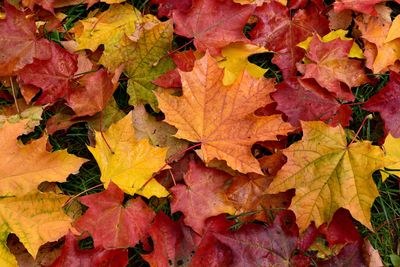How to Get Rid of Fallen Leaves
Curious about what to do with fall leaves other than having them hauled away? Consider these options: Mulch: Use a mulching mower to chop leaves into small pieces. They will fall back onto the lawn where the organic material will benefit the soil. You can also spread 3 to 6 inches (7.5-15 cm.) of the chopped leaves as mulch in beds and around trees and shrubs. If you don’t have a mulching mower, make a couple of extra passes over the lawn with a regular mower to chop the leaves, without benefit of a mower bag. This task should be done frequently, before the leaves become too deep to manage. Compost: If you’ve never created a compost pile, you’re missing out on one of the best of all autumn leaf uses. Simply toss them in the compost bin. You can also compost weeds, grass clippings, and spent plants at the end of the growing season, as well as fruit and vegetable scraps, coffee grounds, used paper towels, and eggshells. Enriching the vegetable garden: If you have a vegetable garden, plow autumn leaves into the soil in autumn. The leaves will decompose by spring planting time. If you want, you can mix a little granular fertilizer into the soil to speed decomposition of the leaves. Leaf mold: If you have an abundance of autumn leaves, pack them, either shredded or whole, into large plastic yard bags. Moisten the leaves, seal the bag securely, and store them in a cool, dark place. In a couple of years (or less if the leaves are chopped or shredded), you’ll have rich leaf mold that will do wonders for your flowers beds and vegetable garden. If you don’t have a shredder, small chipper/shredders are relatively inexpensive. Alternatively, most garden centers have chipper/shredders for rent.
